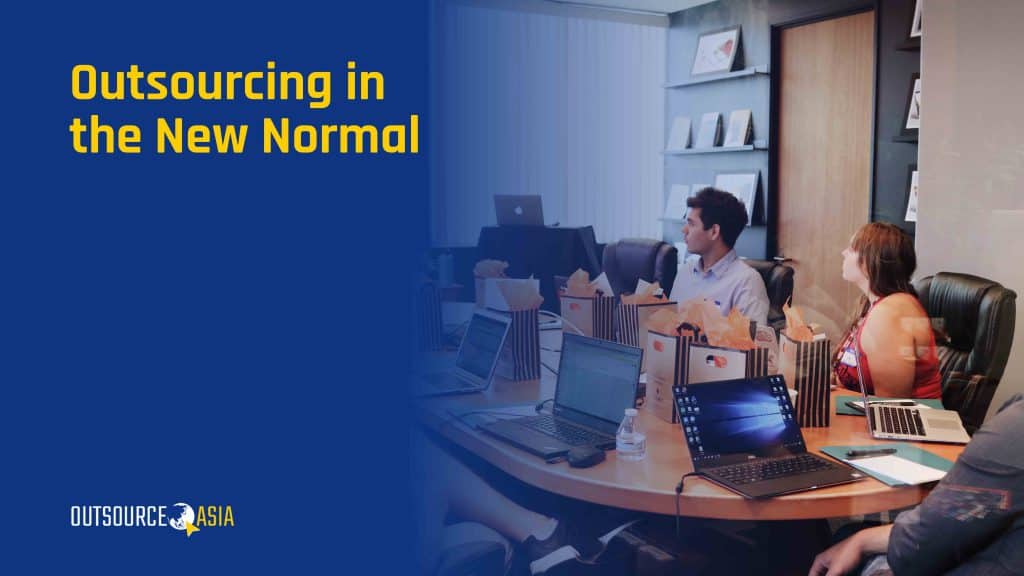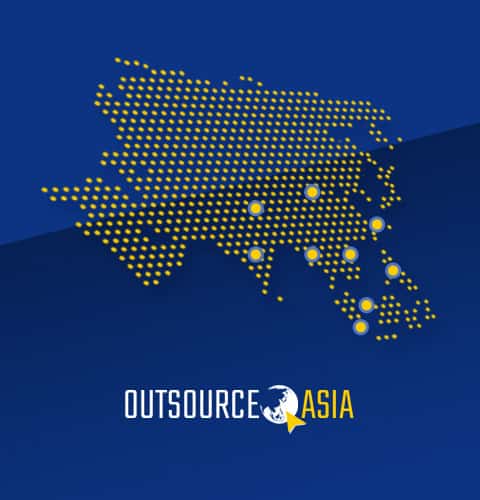
Outsourcing in the New Normal
Whether it is traditional office-based companies, onshore shared services, or offshore outsourcing, any business service organization is has been extensively impacted by COVID-19. This article provides useful tips on how to build greater resilience and flexibility as a service supplier during the pandemic crisis and what outsourcing means in the new normal.
Short Term
1. Stay healthy
Physical and mental health for all employees is the top priority. To keep day-to-day business running and to enable customers benefiting from products and services of the company, managers should deploy employee-safety plans and determine who is able to work from home.
2. Business as usual
Based on the available resources and IT assets, organizations must quickly adapt to the new normal to keep mission-critical work flowing. This comes with sacrifices and reconfigurations:
- putting more time and effort in the core processes for sufficient cash flow
- re-skilling employees to be able to adapt to changing customer expectations and demands
- migrating sales strategy to digital platforms to stay accessible to existing customers, to reach new audiences, and to achieve better production values
3. Stay connected
Amidst the constant call for social distancing and the never-ending implementation of lockdown protocols, it is essential to remain close connection and collaboration with colleagues, partners, and clients. Establish fundamental ways to communicate digitally with employees on a regular basis, providing them with easy access to a support system so they can remain accountable and feel that their work is valued in sustaining the business. If possible, equip employees with admin-accessible IT tools for cyber security scans, for digital risk analyses, and for performing regular backups.
Medium Term
1. Nourishing relationships and establishing new partnerships
When the continuity of essential activities is established and secured, it is time to re-evaluate existing SLAs (Service Level Agreements) with current clients and new prospects. Outsourcing in the new normal is just as difficult for the other party so it is important to discuss whether the service delivery model or mutually agreed-upon terms still meet the desired expectations.
- Strive to find the best solution which is feasible for both sides to keep performance assessments aligned with company priorities.
- Ensure that the client and outsourcing partner have defined roles and responsibility frameworks to reduce conflict and set the stage for a strong working relationship.
- Provide transparency and solid cybersecurity plan to mitigate data privacy risks in future remote working solutions.
2. Change in client demand
As organizations change how they do business, automation can help performing tasks efficiently while maintaining customer satisfaction. Adapting Robotic Process Automation (RPA) technology can address the issue of cycle times, solve the problem of attrition, and generate significant cost savings. This enables outsourced service providers to focus on providing better customer experiences.
3. The HR agenda
Human Resources (HR) has been at the heart of the pandemic-induced business disruption. Top priorities include quick WFH (work from home) implementations, revised BCPs (business continuity plan), and embracing tech-enabled sourcing and recruitment.
Long Term
1. Rethink Business Continuity Plan (BCP)
According to ISO 22300:2018, business continuity is ‘the capability of an organization to continue the delivery of products or services at acceptable predefined levels following a disruption.’ It is the ability to reestablish full function of all business operations as quickly and smoothly as possible. A business continuity plan (BCP) is a series of strategies for prevention, response, and recovery of business processes, human resources, and business stakeholders in the face of unanticipated challenges and catastrophes.
- Establish the importance of a resilient and flexible BCP in the new normal
- Identify critical services and/or significant functions that must be performed, accomplished, or delivered to avoid failure of a business unit
- Test, review, and update current BCP to determine how it fits with your corporate strategy to deal with a pandemic outbreak
2. Redesign next-generation digital initiatives
There are three areas where outsourcing companies should focus their next-generation digital initiatives to facilitate future transformation:
- Customer experience: Leverage data to provide more personal, better customer experiences whether offering contactless payment options, curbside pickup for merchandise, or customized services based on customer preference
- Employee experience: Leverage automation and machine learning to bring efficiencies to routine tasks to enable virtual employees to work better – not harder.
- Client sourcing experience: Single sourcing will have more risks in the post-pandemic period. Look into multi-sourcing to take advantage of service providers’ dynamic capabilities and to sustain operational competitiveness.
Staying healthy, maintaining a resilient BPO delivery model, and running business as usual in the new normal require the right outsourcing partner. Get in touch with experts at Outsource Asia today.


